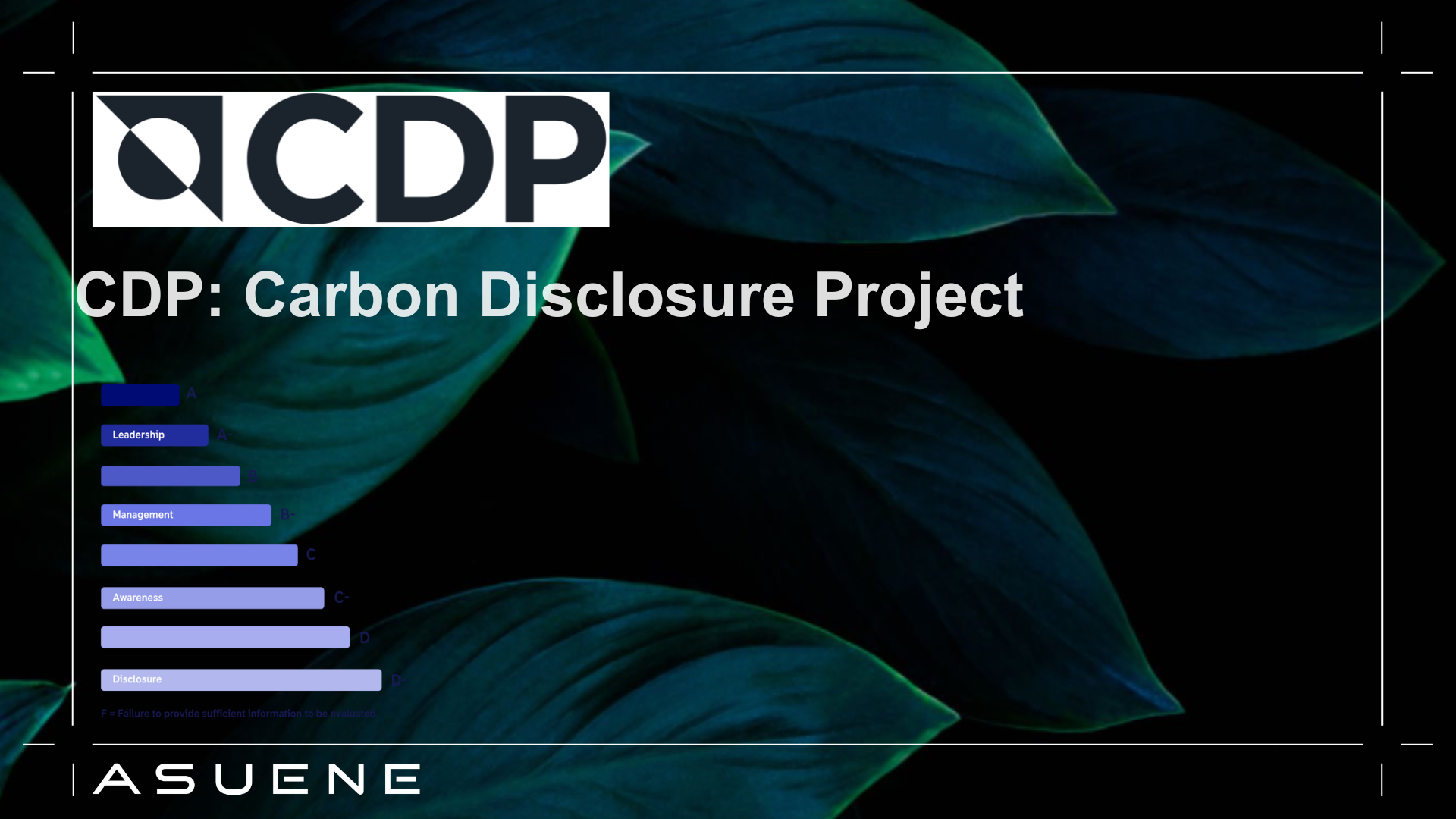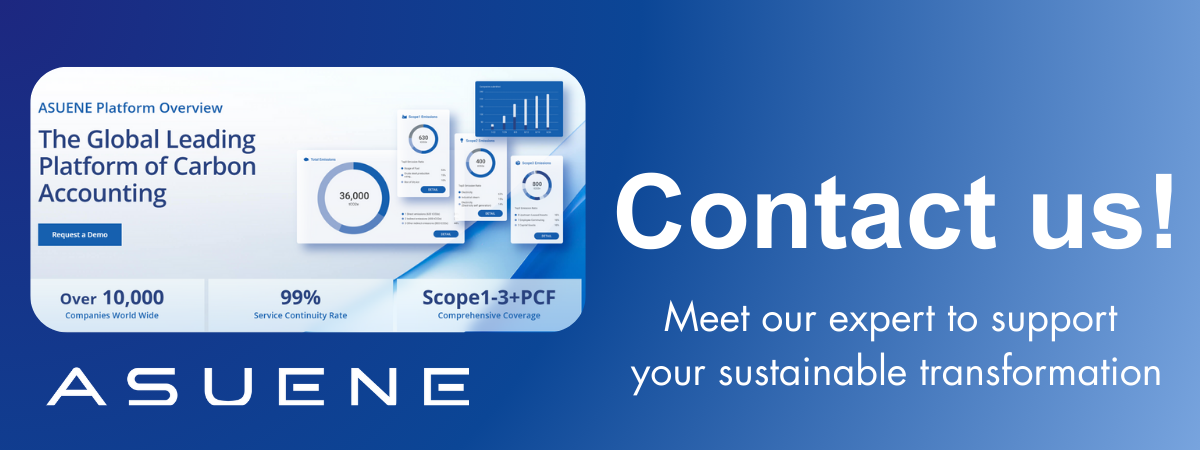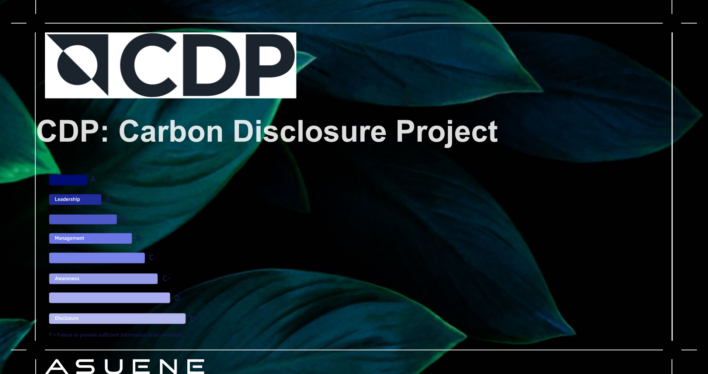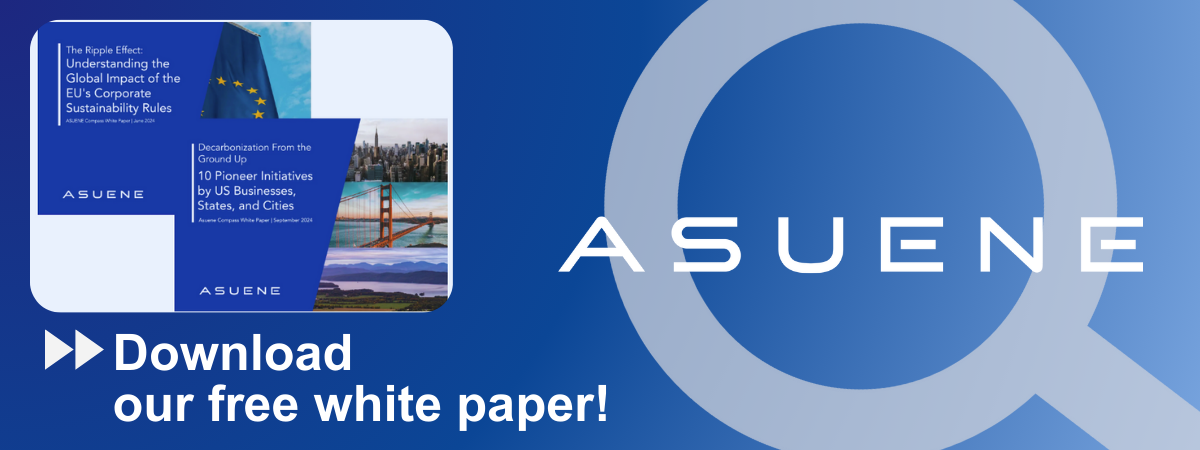- Article Summary
-

In the face of escalating environmental challenges, organizations, cities, and regions worldwide are intensifying efforts to tackle climate change and drive sustainability. CDP, formerly known as the Carbon Disclosure Project, has emerged as a global leader in fostering environmental transparency. With over two decades of expertise, CDP provides a comprehensive platform for organizations to measure, manage, and mitigate their environmental impact, making it an indispensable resource in the journey toward a sustainable future.
What is CDP?
Founded in 2000, CDP is an international non-profit organization that manages the world’s largest environmental disclosure system. Its mission is to encourage companies, cities, states, and regions to voluntarily disclose their environmental data. By facilitating this transparency, CDP empowers stakeholders—including investors, policymakers, and the public—to make informed decisions that drive sustainable development and climate action.
Why Disclose with CDP?
Disclosing environmental impact through CDP offers organizations numerous benefits, including:
- Access to Capital: Investors use CDP data to identify sustainable investment opportunities.
- Competitive Advantage: Transparency builds trust and enhances reputation among customers and stakeholders.
- Regulatory Preparedness: Aligning with global frameworks ensures compliance with evolving environmental regulations.

CDP’s Key Focus Areas
CDP’s work spans four critical environmental issues that require immediate attention:
- Climate Change: Addressing the global warming crisis through the reduction of greenhouse gas (GHG) emissions and promoting clean energy solutions.
- Water Security: Helping organizations manage water resources sustainably to ensure long-term availability and resilience.
- Forests: Driving efforts to combat deforestation and promote forest restoration, which are crucial for biodiversity and climate regulation.
- Plastics: Tackling the global plastic waste crisis by encouraging sustainable packaging and waste reduction strategies.
The Disclosure Process
Transparent, Measurable, Actionable
Each year, CDP invites organizations to disclose key environmental data through an online platform. The process involves submitting detailed information on environmental practices, including emissions, water usage, deforestation activities, and waste management. Submissions are rigorously assessed based on criteria such as GHG emission reduction targets, data accuracy, and transparency.
Benefits of the Disclosure Process:
- Benchmarking: Organizations can measure their performance against peers.
- Actionable Insights: Identifying risks and opportunities helps organizations refine their sustainability strategies.
- Accountability: Promotes transparency and builds trust with stakeholders.
CDP’s Scoring System: A Standard of Excellence
CDP evaluates submissions using a comprehensive scoring system that reflects an organization’s progress in environmental performance. Scores range from A (Leadership) to D- (Disclosure with minimal action), providing clear benchmarks for improvement.
A Global Impact: Transforming Environmental Governance
As of 2023, over 23,000 organizations have disclosed through CDP, representing companies worth more than $67 trillion—over 66% of global market capitalization. This extensive network underscores CDP’s role as a catalyst for global environmental governance.
CDP’s collaboration with key frameworks amplifies its impact:
- Task Force on Climate-related Financial Disclosures (TCFD): Encourages transparency on climate risks and opportunities.
- Global Reporting Initiative (GRI): Streamlines environmental reporting to ensure consistency and quality.
CDP’s Vision for 2025 and Beyond
CDP is committed to advancing environmental disclosure and aligning with emerging global frameworks. As outlined in its 2025 Disclosure Framework, the organization aims to:
- Expand the scope of disclosure to include broader environmental metrics.
- Enhance collaboration with governments and financial institutions to drive policy change.
- Develop tools and resources to support organizations in meeting disclosure requirements.
This vision ensures CDP remains at the forefront of environmental governance, helping organizations transition to a low-carbon, sustainable economy.

How Asuene Inc. Can Help CDP Disclosure
Navigating the CDP disclosure process can be complex, but Asuene Inc. provides end-to-end solutions to streamline and enhance an organization’s environmental reporting efforts. Here’s how Asuene can support companies:
- Comprehensive Carbon Accounting: Asuene’s platform offers precise and automated carbon accounting, enabling companies to measure their GHG emissions accurately.
- Tailored CDP Preparation: Expert guidance ensures that companies address all sections of CDP’s questionnaires, including climate change, water security, and deforestation.
- Data Integration and Management: Asuene integrates seamlessly with existing systems to centralize environmental data, reducing manual effort and improving accuracy.
- Scoring Optimization: By identifying gaps in environmental performance and suggesting actionable improvements, Asuene helps organizations achieve higher CDP scores.
- Regulatory and Framework Alignment: Asuene ensures disclosures align with global frameworks like TCFD and GRI, enhancing the credibility and relevance of reported data.
- Continuous Support: With ongoing monitoring and reporting tools, Asuene empowers organizations to track progress and stay ahead in their sustainability journey.
By leveraging Asuene’s expertise, companies can confidently participate in the CDP disclosure process, demonstrating their commitment to transparency and sustainability while achieving measurable environmental impact.

